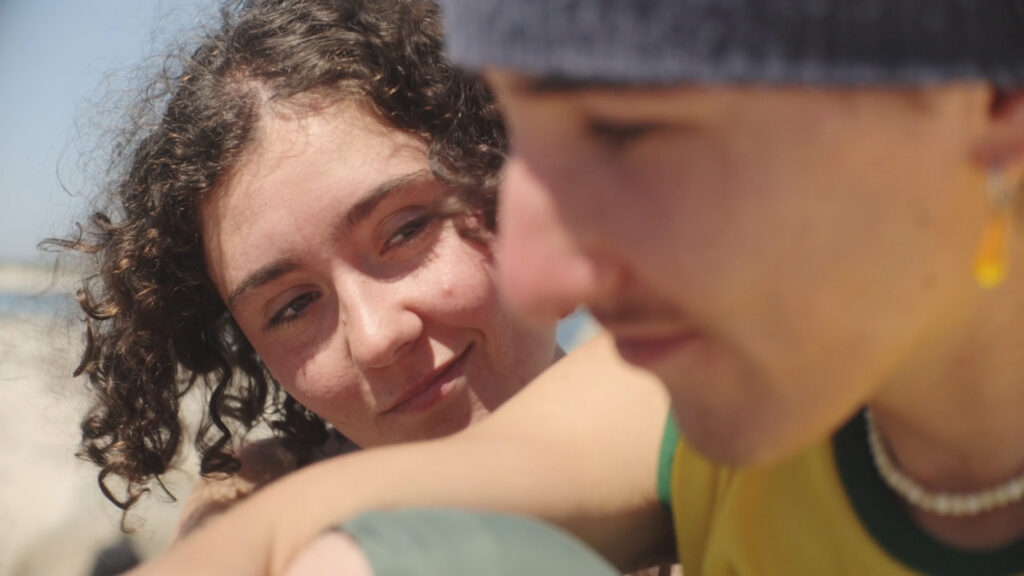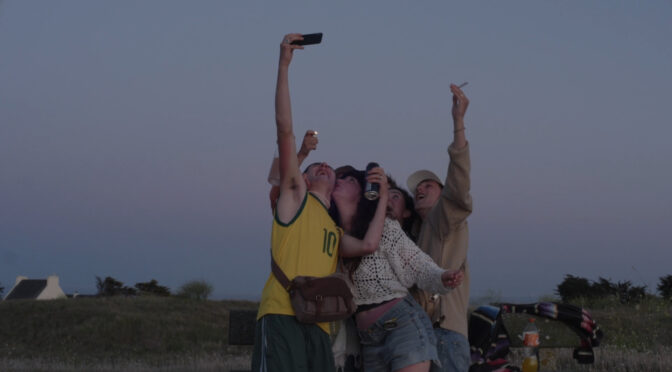Article by Luca Giardino
Translation by Eleonora Torrisi
Rosa’s (Rosa Berder) last night before leaving for Montréal is an unforgettable party.
The girl must leave all her friends and move to Canada, perhaps to become a great dancer. But goodbyes are never easy and the night offers Rosa a chance to stop time to savor every sip of beer, every drag of a cigarette, and the warmth of the last day of summer. The meeting place is a large boulder in the middle of a beach, affectionately known as “the island”; here her friends set up a sort of farewell ritual, consisting of alcoholic challenges, seaweed battles and bathing in the sea. Rosa lives her last evening as if it were truly the last of her life without ever drowning in memories, but rather trying to recreate new ones that can last forever.
But how do you film memories? How does one enhance memory through cinematic storytelling? Damien Manivel’s new feature film, L’Île (“The island”)- screened out of competition at Torino Film Festival – seems to find rather original solutions to these questions. Manivel presents a complex narrative structure that interweaves a first real-time narrative – in which the camera moves smoothly among these friends, lingering on the details of their faces, their bodies entwined in melancholy embraces – and one entrusted to Rosa’s voice-over which shows us the highlights of her last night. Alongside these two models of storytelling, Manivel adds a meta-cinematic reconstruction of the evening, through the installation of a performance – filmed as a “making of” of the same film – where these young people convert their movements into dance steps.

Perhaps it is precisely this latter experimental narrative approach that once again confirms the originality of the director’s work, who has already made his mark at Locarno with Les Enfants d’Isadora (“Isadora’s children”) in 2019 (Leopard prize for Best Director) and at Cannes with Magdala in 2022. His latest film is a more than successful attempt to explore the intimate nature of memories, to capture with all available means of expression – drawings, photographs, dance, cinema – the inner duration of an instant. Manivel’s camera is a filter that gently expands the young people’s lived experiences; each camera movement both interprets their reality and appropriates it, without ever trivializing it or draining it of its emotional force.

